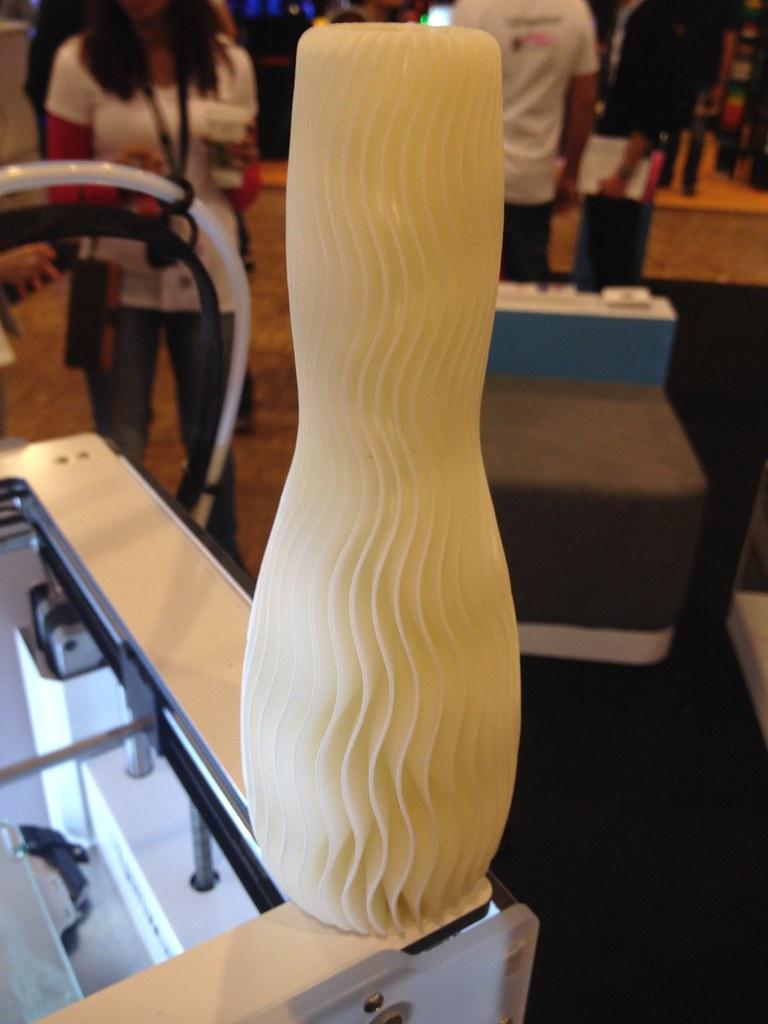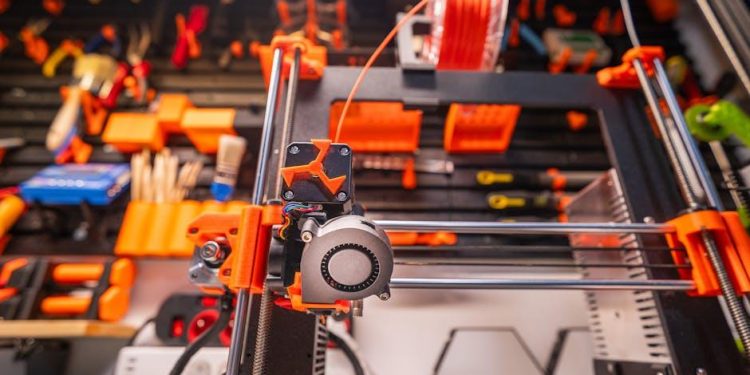In the heart of the technological renaissance, where innovation pulses through the veins of industries, 3D printing emerges as a catalyst for transformation. This digital alchemist, known for reshaping manufacturing landscapes, has set its sights on the world of solar energy. Once the realm of dreams and prototypes, solar panel production is now experiencing a metamorphosis, guided by the precise and agile hands of 3D printing technology. As we stand at the intersection of sustainability and innovation, this article delves into the profound impact of 3D printing on the creation and evolution of solar panels, unraveling a narrative where the sun’s boundless energy meets the ingenuity of human design.
Revolutionizing Renewable Energy: How 3D Printing is Transforming Solar Panel Manufacturing
In the rapidly evolving landscape of renewable energy, 3D printing is emerging as a game-changer in the production of solar panels. This cutting-edge technology is redefining the manufacturing process by enabling more efficient, cost-effective, and customizable solutions. By utilizing additive manufacturing techniques, solar panel producers can now fabricate components with intricate geometries that were previously impossible or prohibitively expensive to create using traditional methods.
The advantages of incorporating 3D printing into solar panel production are manifold:
- Reduced Material Waste: Traditional manufacturing methods often result in significant material waste. 3D printing, however, uses only the necessary materials, minimizing excess and contributing to a more sustainable production cycle.
- Customization and Flexibility: Manufacturers can design and produce solar panels tailored to specific needs, from unique architectural designs to varying energy requirements, providing a level of customization previously unattainable.
- Accelerated Prototyping and Production: The ability to rapidly prototype and produce solar panels allows for quicker iteration and deployment, accelerating innovation and reducing time-to-market.
- Cost-Effectiveness: By streamlining the manufacturing process and reducing labor and material costs, 3D printing makes solar technology more accessible and affordable.
As the renewable energy sector continues to grow, the integration of 3D printing in solar panel production promises not only to enhance efficiency and performance but also to play a crucial role in the transition towards a more sustainable energy future.
From Concept to Reality: The Role of 3D Printing in Enhancing Solar Panel Efficiency
3D printing is revolutionizing the way solar panels are designed and manufactured, offering new possibilities for improving their efficiency. By leveraging the precision and flexibility of additive manufacturing, engineers and researchers can now create complex geometries and intricate designs that were previously unattainable with traditional manufacturing methods. This innovation opens the door to a new realm of possibilities, such as optimizing the surface texture of solar cells to maximize light absorption or integrating micro-structures that can enhance energy conversion rates.
- Customized Design: 3D printing allows for the creation of tailored solar panel components that can be optimized for specific environments and applications.
- Material Innovation: The technology supports the use of novel materials that can enhance the conductivity and durability of solar panels, contributing to longer lifespan and better performance.
- Rapid Prototyping: With 3D printing, prototypes can be developed quickly and cost-effectively, enabling faster experimentation and iteration in the quest for more efficient solar solutions.

Navigating Challenges: Addressing Material and Technological Hurdles in 3D Printed Solar Panels
The journey towards integrating 3D printing with solar panel production is not without its set of formidable obstacles. At the forefront are challenges related to the materials used in the printing process. The development of conductive, durable, and cost-effective materials suitable for 3D printing is essential to ensure that the solar panels are both efficient and long-lasting. Traditional materials used in solar panels, like silicon, need to be adapted or replaced with alternatives that are more compatible with 3D printing technologies.
On the technological front, the precision and scalability of 3D printing processes present significant hurdles. Key challenges include:
- Ensuring the precision of printing at a microscopic level to achieve the desired photovoltaic efficiency.
- Developing scalable solutions that allow for the mass production of panels without compromising quality.
- Overcoming the limitations of current 3D printing hardware that may not yet be optimized for the intricate requirements of solar panel fabrication.
Addressing these challenges requires a collaborative effort between material scientists, engineers, and industry leaders to innovate and refine existing technologies, paving the way for a sustainable energy future.

Future Directions: Strategic Recommendations for Integrating 3D Printing in Solar Energy Production
Incorporating 3D printing into solar energy production requires a multifaceted approach to harness its full potential. Here are some strategic recommendations:
- Collaborative Research and Development: Encourage partnerships between 3D printing innovators and solar energy experts to explore novel materials and designs that can improve the efficiency and durability of solar panels.
- Investment in Infrastructure: Allocate resources towards developing and scaling 3D printing facilities dedicated to renewable energy projects, ensuring they are equipped with the latest technologies.
- Policy and Standardization: Advocate for regulatory frameworks that support the integration of 3D printing in solar manufacturing, focusing on quality assurance and environmental impact.
- Education and Training: Develop programs to educate engineers and technicians on the intersection of 3D printing and solar technology, fostering a skilled workforce capable of driving innovation.
By following these strategic recommendations, the solar industry can effectively leverage 3D printing technology to enhance production processes, reduce costs, and contribute to a more sustainable future.
The Way Forward
As the sun sets on our exploration of the dynamic interplay between 3D printing and solar panel production, it becomes clear that we stand at the threshold of a new era in renewable energy. This technological symbiosis not only promises to streamline manufacturing processes but also heralds a future where solar energy becomes more accessible and sustainable. While challenges remain, the innovations born from this convergence hold the potential to illuminate the path toward a greener planet. As we look to the horizon, it is with the hope that these advancements will empower us to harness the sun’s energy more efficiently, ensuring a brighter tomorrow for generations to come.

































